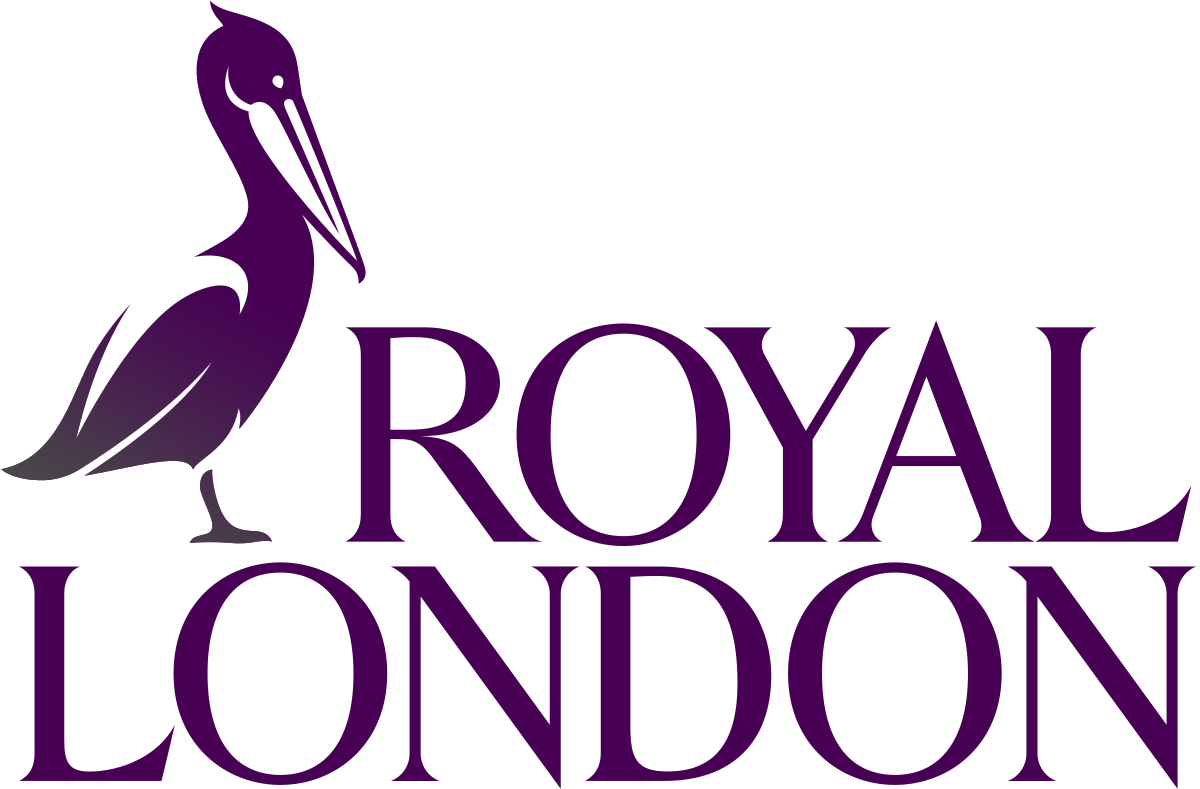Shalin Shah has over 15 years’ investment experience at Royal London
The fund has delivered good returns over the long term and the managers benefit from the support of a strong fixed income team at Royal London
The managers dig a little deeper to find bonds that might be missed by other investors
This fund features on our Wealth Shortlist of funds chosen by our analysts for their long-term performance potential
How it fits in a portfolio
The Royal London Corporate Bond fund is focussed on investment grade bonds and aims to provide an income alongside some capital growth. We think it’s a more adventurous choice in the space. Because of this, the investment journey may be more volatile than some peers. For this reason, it could work well as part of a portfolio invested for income, focused on the long-term. It could also provide some bond exposure to a portfolio more focussed on company shares.
Manager
The fund is co-managed by Shalin Shah and Matthew Franklin. Shah is a senior fund manager at Royal London, having joined the fixed income team there in 2008. Prior to working at Royal London, he worked at PricewaterhouseCoopers providing pension scheme investment advice and he’s a qualified actuary. Shah has been involved in managing the fund since 2016.
Franklin joined Royal London’s sterling credit team in 2014 as an analyst and works closely with Shah on a number of different funds. He’s co-managed this fund since January 2022.
Previous co-manager and Head of Fixed Income at Royal London, Jonathan Platt, retired at the end of 2024. While it’s a shame that his vast experience will no longer be available to Shah and Franklin to call upon, we rate Shah and the bond team at Royal London highly.
The team are prepared to invest in parts of the bond market a lot of other investors ignore. Looking for opportunities in under-researched areas like unrated bonds can throw up chances to boost returns. That said, this is a higher risk approach and means there’s potential for investments in the fund to be more volatile.
Both managers also have management responsibilities on other funds, but they’re supported by a very well-resourced team, so we feel comfortable they can handle the workload.
Process
Shah and Franklin believe credit markets are inefficient and offer opportunities that active managers can exploit. They start by forming a view on the direction of the economy, considering factors like economic growth, inflation and interest rates. This helps them decide which areas to invest in.
We think the team's edge comes from their detailed research into 'low-profile' parts of the market. Shah and Franklin feed off ideas from the wider fixed interest team but also do their own research to check if the quality of these bonds is high enough to be considered for the fund. These under-researched bonds may be unrated (their credit quality hasn’t been assessed by a credit ratings agency), complex and often secured against a company's assets. The managers can potentially add value by looking in this area of the market, but these types of bonds are higher risk, and the lack of credit rating can make them harder to trade, adding liquidity risk, particularly in a falling market. They tend to pay a higher income to compensate for the higher risk. Around 4% of the fund is currently invested in this area, down from 5% 12 months ago.
As an example, one of the bonds the managers invested in within this unrated category defaulted in 2023. The company had found it difficult to refinance their debt in time for them to make a payment due on the bond. This meant that they missed the payment and defaulted on the terms of the bond. They were able to refinance shortly after the payment due date and in turn paid the amount due to investors, plus interest. The outcome was that investors didn’t lose any money.
However, it’s rare for bonds that are considered to be investment grade to default on their bond payments. This highlights the higher risk that can be associated with the way that the managers of this fund invest. While on this occasion the issue was resolved relatively quickly, it could be that in similar instances in future, there are bigger challenges facing the company and that refinancing isn’t possible. This could lead to a lengthy process for the managers to go through in order to get their money back.
The fund has a focus on A and BBB rated bonds, with 74.1% of the fund invested in these credit ratings at the end of 2024. These ratings sit at the lower quality end of the investment grade corporate bond spectrum. The fund also invests in higher-risk high-yield bonds, which can add risk. The managers aim to be well diversified through exposure to a range of different sectors.
The managers have continued to be active in the bond market. They have trimmed a number of investments following strong performance, such as bonds issued by Barclays, HSBC, AVIVA and Phoenix. They’ve added other investments too, including a newly issued bond from Northern Gas Networks. The team think that bonds from the gas sector are currently offering good value, particularly compared to those from electricity providers which have rallied recently.
The managers continue to believe that the yield on offer from investment grade corporate bonds compensates investors for default risk (the risk that companies don’t make all their bond payments). However, these bonds are currently expensive compared to history and the team are focused on diversifying risk across lots of companies. They are also focused on finding the best opportunities within bonds that are secured against a company’s assets as this provides some additional protection if needed.
Culture
We believe Royal London’s speciality is in managing fixed income portfolios. Their philosophy is that all well-diversified portfolios should include an element of income. They use a combination of top-down macroeconomic analysis and bottom-up security selection to manage their bond portfolios which has served them well over time.
The managers are rewarded based on the long term performance of their fund, so their interests are aligned with investors. We think their incentivisation structure is better than most and encourages good behaviour, but it isn’t as long term as in some other groups.
ESG Integration
All Royal London fund managers have access to ESG ratings and analysis produced by the firm’s central Responsible Investment team. The firm asks that all managers incorporate this into their investment decision making processes, but our meetings with Royal London fund managers suggest the quality of ESG integration from fund to fund is mixed. The firm’s sustainability branded funds fully integrate ESG, with the support of the Responsible Investment team.
The Responsible Investment team coordinates company engagement and engagement case studies can be found in the firm’s annual Stewardship and Responsible Investment report. The firm also publishes a summary of voting activity on its website, and an interface allows visitors to search for all voting activity relating to a specific company, or any time period, and includes a rationale in cases where the team voted against a proposal or abstained.
The managers consider environmental, social and governance (ESG) factors in their analysis. This helps them identify potential risks that could affect the business’s ability to repay its debts, increase costs or result in future litigation.
That said, this is not one of Royal London’s sustainability branded funds, so the managers may still invest in bonds that could be issued by companies considered to be ESG sinners.
Cost
The fund has a standard annual ongoing charge of 0.35%. Our platform charge of up to 0.45% per annum also applies, except in the HL Junior ISA, where no platform fee applies.
Charges can be taken from capital, which can increase the yield but reduces the potential for capital growth.
Performance
The fund’s more adventurous approach to investing in corporate bonds means it’s tended to be more volatile than others in the sector. Over the long term the fund’s generally performed well for those investors who’ve been prepared to ride out the dips. Past performance is not a guide to the future.
The last year saw positive returns for many bond investors. The fund returned 6.96%*, outperforming the IA £ Corporate Bond sector return of 4.77%. Stock selection was the dominant driver of the fund’s performance. In particular, investments in bonds issued by banks and insurers added a lot of value for the fund over the period. The team tend to have a lot invested in these sectors which was beneficial as they outperformed the wider market.
Over the year the managers have tended to have a higher duration value than peers. This detracted from returns overall. Duration is a measure of how sensitive the fund is to interest rate changes, the higher the duration value, the more sensitive the fund is to interest rate changes.
The fund doesn’t take large duration positions away from the benchmark, as the managers prefer to focus on bond selection to generate returns. At the end of December 2024, duration positioning was slightly higher than the benchmark at 6.5 years.
At the end of December 2024, the fund had a distribution yield of 5.71%, although yields are variable, not guaranteed, and are not a reliable indicator of future income.
Annual percentage growth
31/01/2020 To 31/01/2021 | 31/01/2021 To 31/01/2022 | 31/01/2022 To 31/01/2023 | 31/01/2023 To 31/01/2024 | 31/01/2024 To 31/01/2025 | |
|---|---|---|---|---|---|
Royal London Corporate Bond | 5.07% | -0.85% | -10.94% | 6.96% | 6.96% |
IA £ Corporate Bond | 4.44% | -3.51% | -11.19% | 4.33% | 4.77% |


